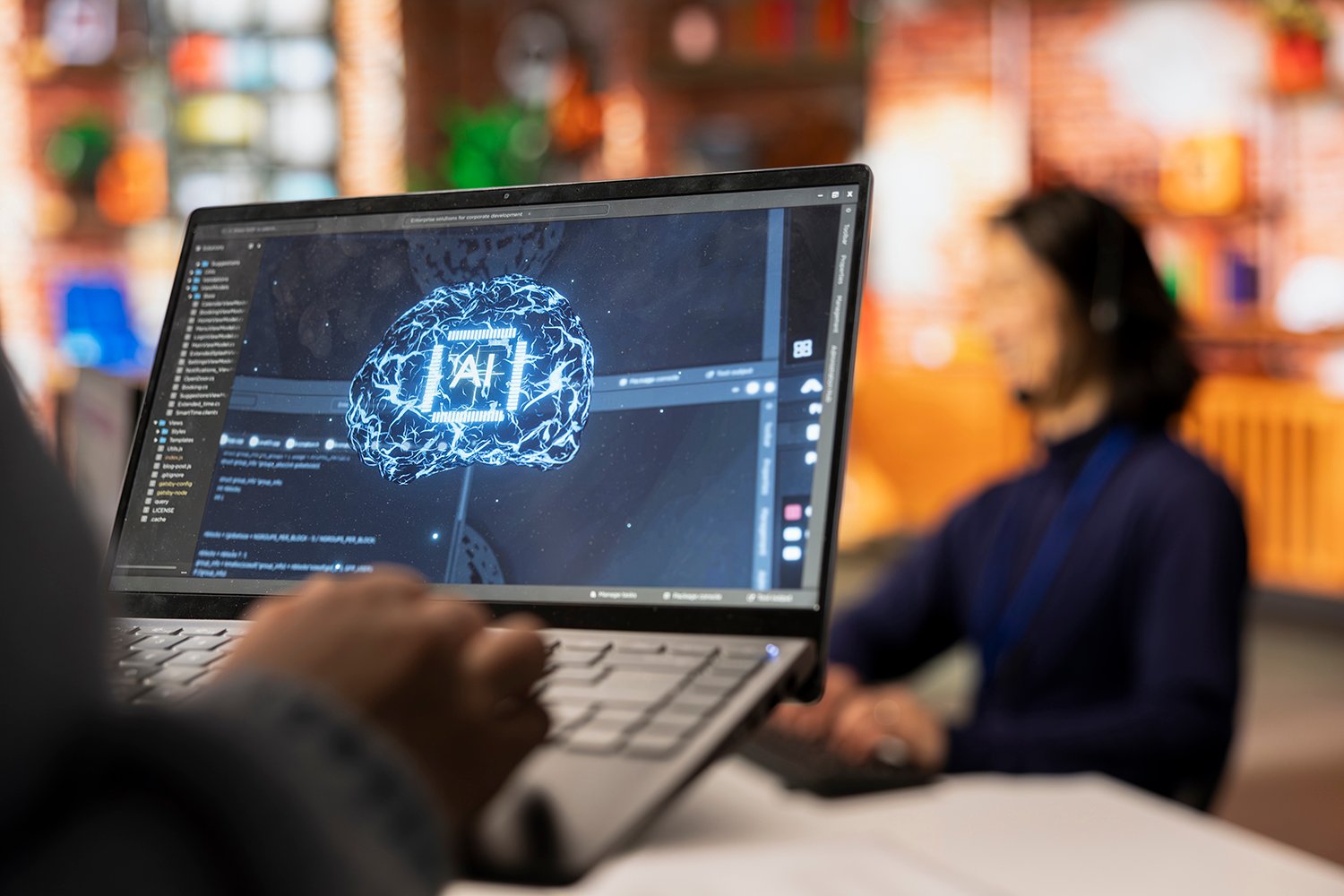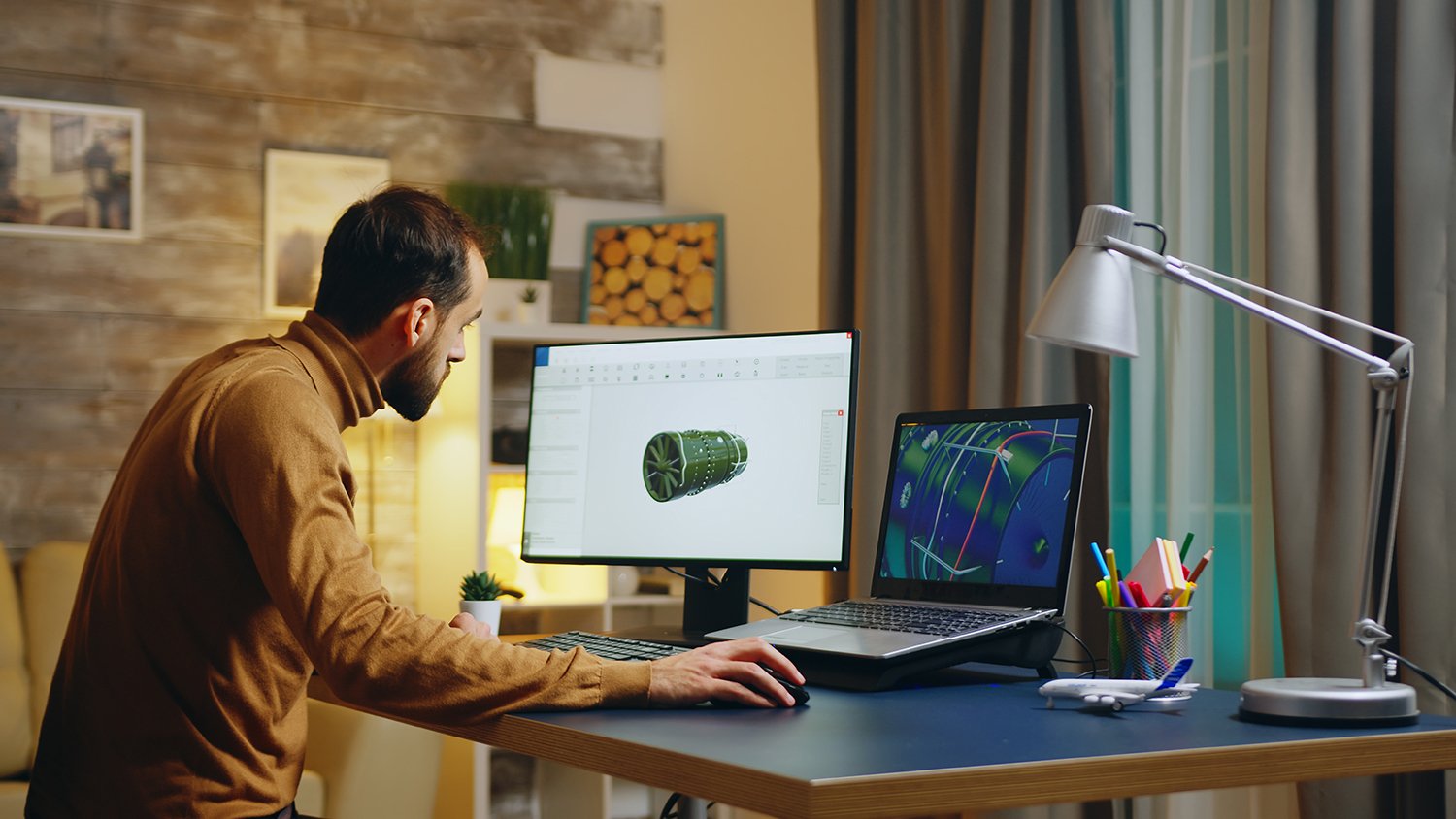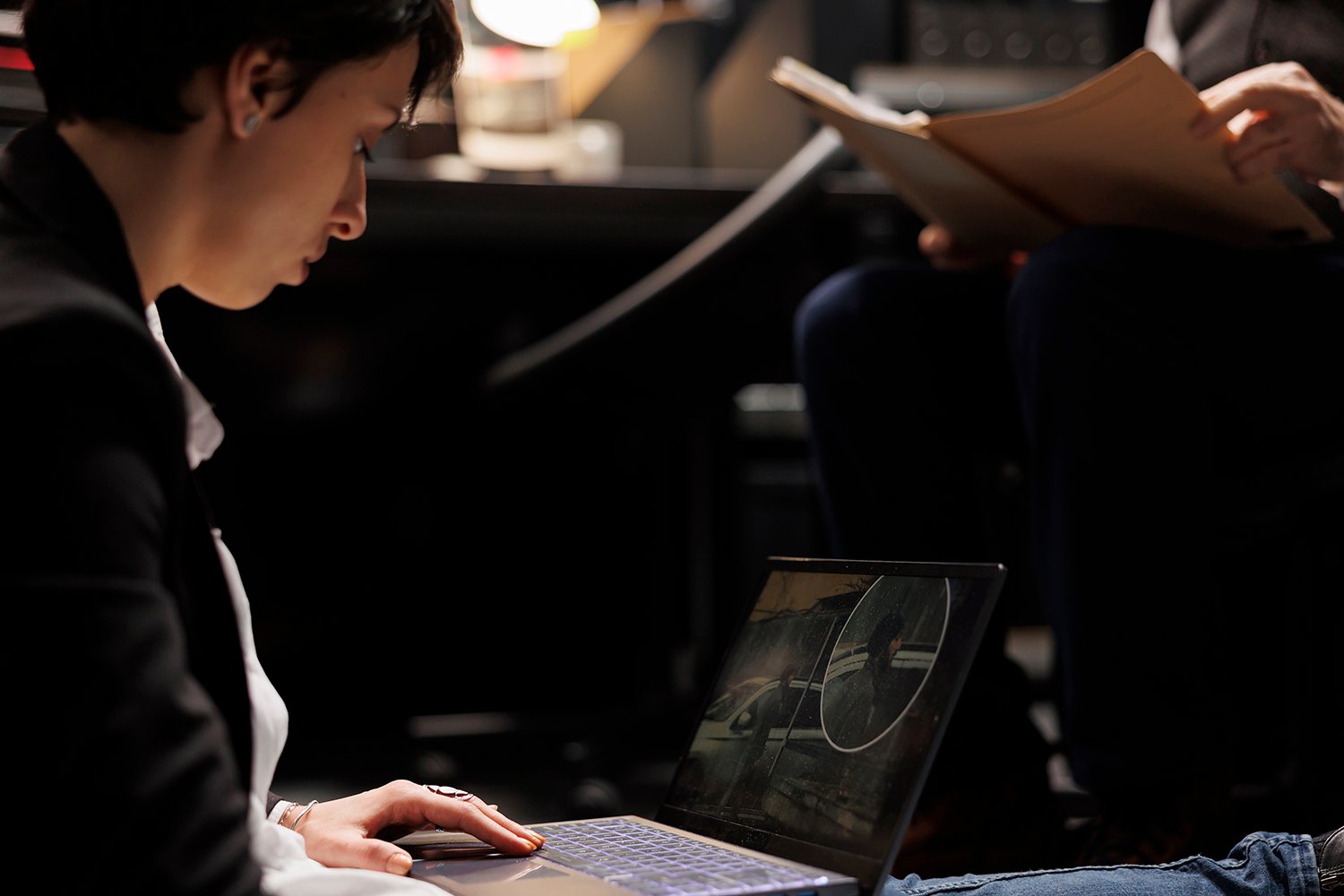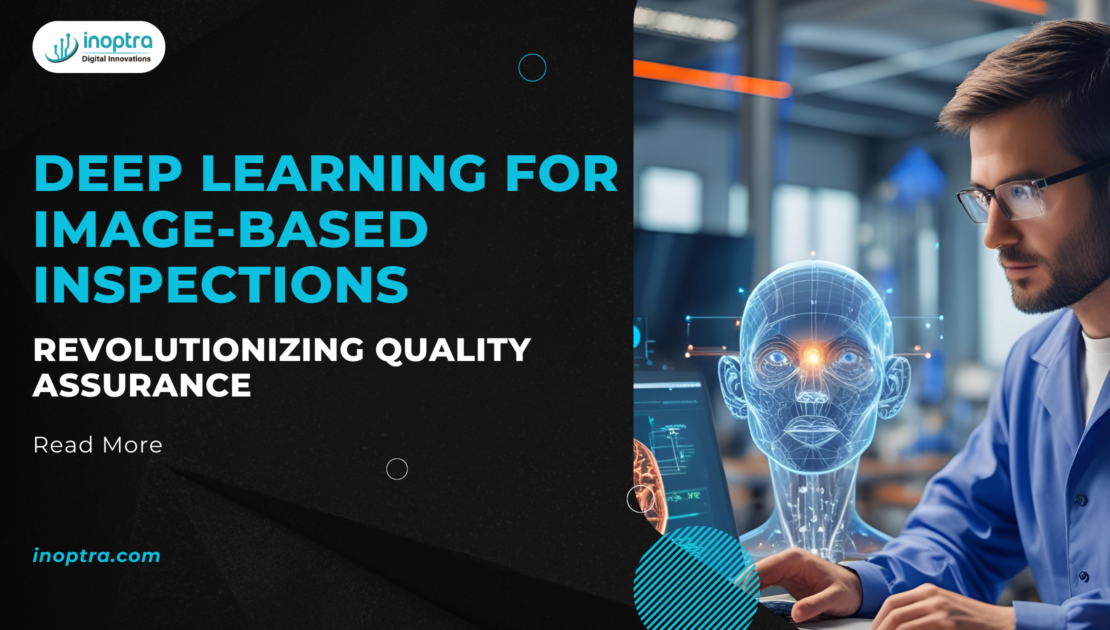What’s in the blog:
Visual inspection has long been the backbone of quality control in manufacturing, infrastructure, and maintenance. Traditional methods rely on human expertise to spot surface defects, misalignments, and anomalies—tasks that are time-consuming and error-prone.
Deep learning transforms this process by leveraging artificial neural networks to mimic and surpass human visual acuity, enabling automated, high-speed inspection without sacrificing accuracy or consistency.
Evolution of Inspection Methods
Early automated inspection systems used rule-based image processing—techniques like edge detection, histogram analysis, and blob detection—to find simple defects on uniform surfaces. While effective in controlled environments, these methods struggle with variable lighting, complex textures, and subtle anomalies.
The shift to machine learning introduced statistical classifiers such as support vector machines (SVMs) and k-nearest neighbors, improving robustness but still requiring handcrafted features. The true breakthrough came with deep convolutional neural networks (CNNs), which learn hierarchical features directly from pixel data, allowing inspection systems to handle diverse defect types and complex backgrounds.
Deep Learning Architectures
Convolutional neural networks remain the workhorse for image-based defect detection. Surveys show that over 60% of industry applications rely on CNNs for classification, localization, and segmentation tasks. Architectures like ResNet, Xception, and Inception provide powerful feature extraction, achieving near-perfect accuracy in laboratory datasets.
More recently, vision transformers (ViTs) have emerged, offering improved performance in some inspection contexts at the cost of higher computational demands. These models split images into patches and apply attention mechanisms, enabling better global context understanding—critical for detecting defects that span large areas or appear in varying scales.

Model Development Stages
Implementing a deep-learning inspection system involves three main stages:
- Model Training: Curate and label a dataset of defect and non-defect images. Use transfer learning on pre-trained networks or train from scratch if data is abundant.
- Model Application: Deploy the trained model on production lines or maintenance platforms, often integrating with line-scan or area-scan cameras.
- Model Management: Continuously monitor performance, retrain with new examples, and expand to additional defect classes or product variants.
This lifecycle ensures models remain accurate as products and environmental conditions evolve.
Data and Dataset Requirements
Deep learning thrives on data. A recent survey found that 97% of industrial inspection papers use supervised learning, with a median dataset size of 2,500 images—insufficient to train large models from scratch but adequate when combined with transfer learning.
Domain-specific datasets are crucial: for example, a power-infrastructure dataset contains 2,630 high-resolution images of insulators, while a hex-nut inspection dataset offers 4,000 labeled images (2,000 defective) for transfer learning experiments. Public repositories such as the Magnetic Tile Defect Database and various PCB and casting datasets further enrich model training and benchmarking efforts. Manufacturing companies need to focus on finding the quality inspection use cases and carefully curate the creation of proper datasets both real and synthetic to enable deep learning opportunities.

Applications and Case Studies
- Railway Infrastructure: Deep CNNs combined with line-scan cameras have enabled real-time detection of track and catenary defects, reducing manual inspection windows and enhancing safety during night operations.
- Manufacturing of Fasteners: An Xception-based framework achieved 100% accuracy on a custom hex-nut dataset and 99.72% on casting materials—demonstrating that transfer learning can deliver near-perfect defect classification in high-volume settings.
- Barcode Scanning: Industry SDKs now leverage deep learning deblurring models for 1D and 2D barcodes under suboptimal conditions, improving first-pass read rates by up to 50% for 2D symbologies like DataMatrix.
Industry 5.0 and Collaborative Inspections
The emergence of Industry 5.0 emphasizes human-centric and sustainable manufacturing. Intelligent inspection systems integrate cobots and vision AI to perform tasks cooperatively with humans, enabling ergonomic operations and adaptive workflows.
Explainable AI (XAI) techniques further enhance trust by revealing decision rationales, critical in regulated environments where inspection outcomes drive maintenance and compliance decisions.
Challenges and Mitigation Strategies
Despite impressive gains, deep-learning inspection faces hurdles:
- Real-Time Constraints: High-resolution cameras and heavy models can introduce latency. Live Assembly lines may have only a few seconds less than 10 seconds provisioned to find defects in the product at that station. Edge computing and model quantization help meet stringent cycle times.
- Imbalanced Data: Defective samples are often rare. Data augmentation, synthetic defect generation, and one-class learning mitigate skewed datasets.
- Environmental Variability: Changes in lighting, temperature, or part orientation can degrade performance. Domain adaptation and continual learning frameworks allow models to adapt on the fly.
- Hardware Reliability: Shop floor environment demands and 24X7 nature of manufacturing operations would demand high reliability hardware and electronics at the station and the factories to ensure smooth adoption
Proactive monitoring, frequent retraining with new defect cases, and robust preprocessing pipelines are essential to maintain inspection quality over time.

Future Directions
Looking ahead, self-supervised and unsupervised learning promise to reduce reliance on labelled data by leveraging large volumes of unlabelled images. Federated learning could enable multiple plants to collaboratively improve defect models without sharing proprietary data.
Additionally, integrating multispectral imaging and 3D sensing with deep learning models can uncover subsurface defects and volumetric anomalies, further expanding inspection capabilities beyond surface analysis.
How InOpTra Can Help
At InOpTra, we specialize in deploying intelligent inspection systems tailored to complex industrial environments. Our deep learning solutions integrate seamlessly with existing workflows, combining AI, vision systems, and domain expertise to deliver scalable, high-accuracy defect detection. From dataset curation to model deployment and lifecycle management, we support end-to-end implementation. As industries embrace smarter manufacturing, InOpTra empowers teams to achieve inspection excellence with agility, reliability, and insight.


